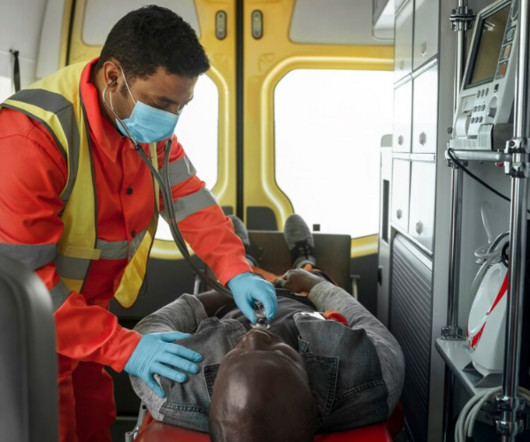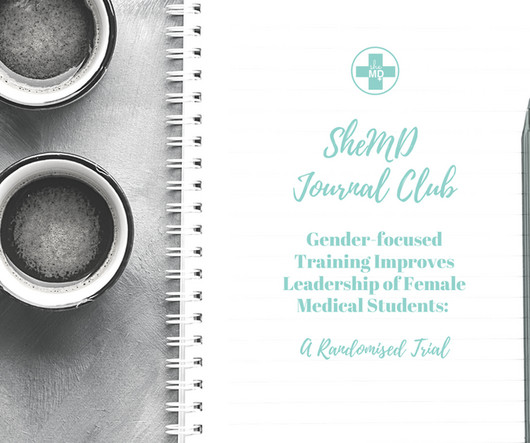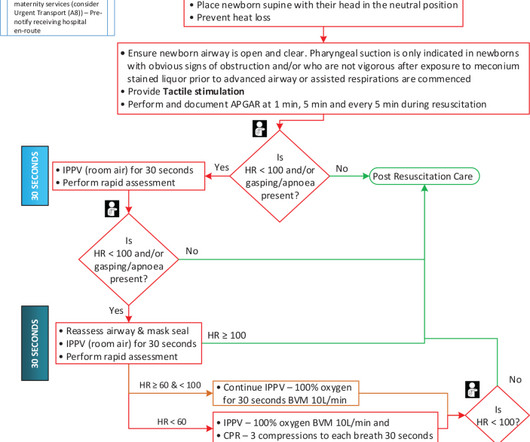Sweta Mangal – The Role of Simulation Training in Ambulance Education and Preparedness
Ziqitza HealthCare Ltd
MARCH 26, 2024
Whether it’s administering medications, performing CPR, or managing airway obstructions, simulation allows for targeted skill development and feedback. Team Collaboration: Effective teamwork is crucial in the fast-paced environment of emergency medical services. Ziqitza Healthcare Ltd.











Let's personalize your content